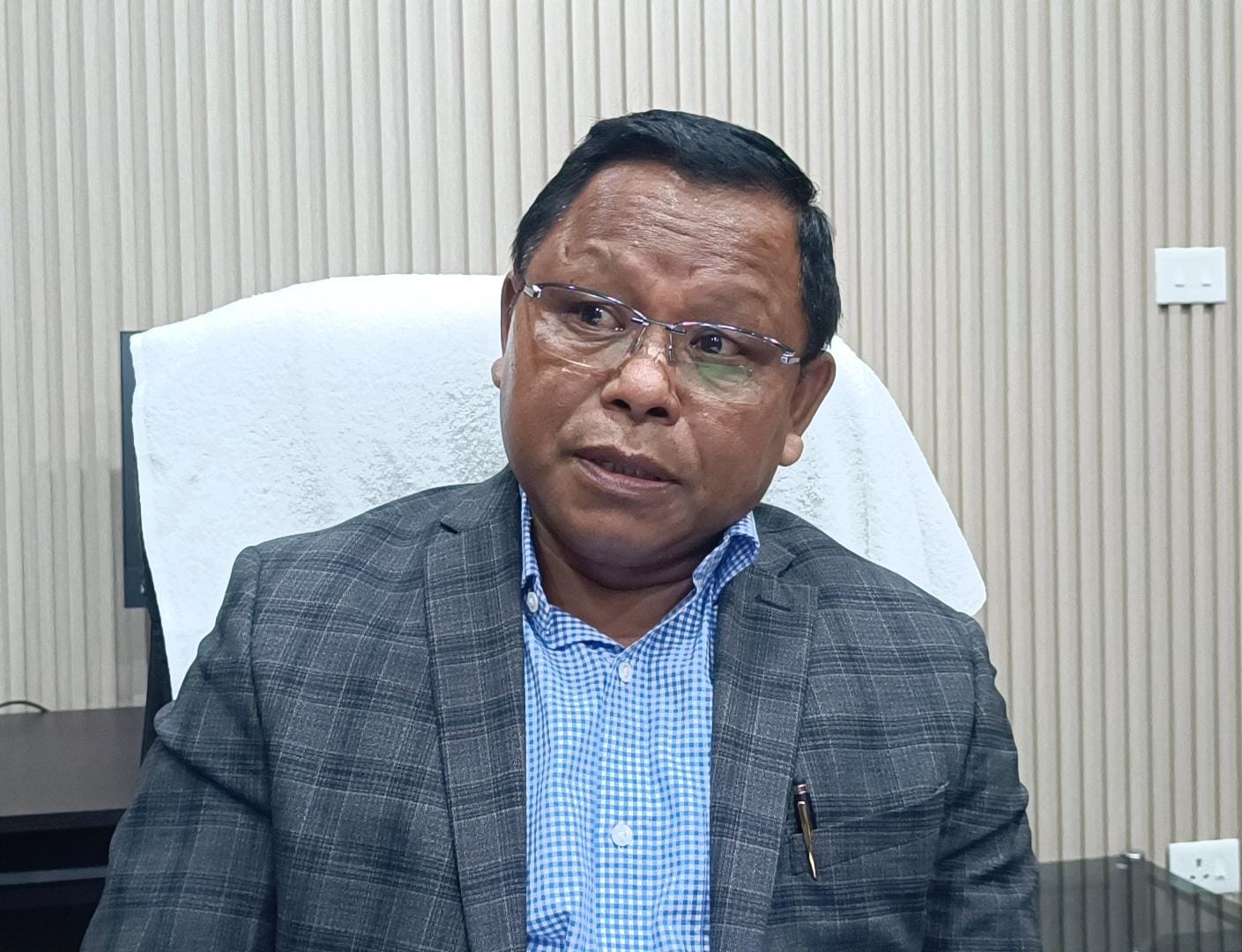PHE Minister Marcuise Marak said the web-enabled geo-tagging technology is being used to map and monitor water sources under the Jal Jeevan Mission (JJM) in Meghalaya.
Talking to Media in Shillong, Marak said that Geo-tagging the water sources will help to monitor it by the Ministry Jal Shakti and take necessary steps to protect it from all angles.
“We have already instructed in our review meeting in the district that to watch every sources and there is a direction from the centre also to geo-tag the water sources, so Geo-tagging is also done to monitor the sources and the steps will be taken to protect it from all angles,” the Minister said.
“Geo-tagging the water sources is to monitor it from the level of the Ministry and take necessary correctional steps, so they will be trying to monitor it,” he added.
Geo-tagging technology assigns special longitudinal and latitudinal addresses to structures in a given spot and carries detailed information about them.
The programme will be implemented by the Village Water and Sanitation Committee (VWSC).
Meanwhile, the PHE Minister announced that Meghalaya has touched 4.65 lakh connections under JJM implementation in the state.
Stating that the state is closely touching its target of 5 lakh connections, Marak said, “As of today we have 4,65,992 JJM connections till today and the total average from the state we are 71.52 percent.”
“It very happy to say that we are doing our level best, some of the terrains are so difficult, our officers are on the job,” he said.
The Minister further informed that the department is trying to complete most of the project by January, 2024.
“As directed by the Prime Minister of India, so by January most of our projects will be saturated and some of the projects which need power connections will also be done,” the PHE Minister said.
He also informed that the department has started making payments to the contractors whoever has completed the work.
“When JJM project started in 2019, the household connection was only 4500, so where we have reached, we have reached 4,65,992 and the challenges are still there and we are trying to meet the challenges and do our best,” he said while defining the success story of JJM.


